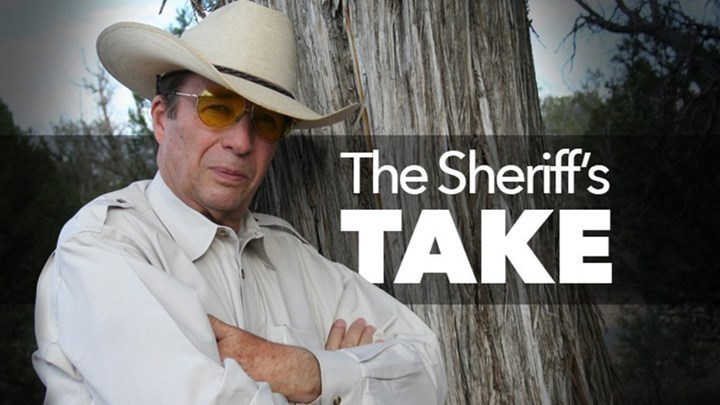
It is interesting to look at photographs of the holsters that were used back in the 1800s. One thing that becomes quickly apparent is that they nearly always covered most of the handgun. It was as if the primary job of those early holsters was to just keep the gun secure while its wearer was riding horseback or otherwise engaged in strenuous activity. They certainly weren’t designed for any speed work as we know it today. Upon examination, another thing becomes clear: They were nearly always made out of very soft leather. I’ve seen sausage sacks that were sturdier than some of those old holsters.
It is one of the reasons that people like Bill Hickok just preferred to stick their guns into their waistband or sash. When Luke Short and Jim Courtright had it out in Fort Worth, in 1887, Courtright had his guns in holsters. Luke Short, on the other hand, had his Colt 1877 DA stuffed in his waistband, under his vest. Short easily outdrew Courtright and punched his ticket.
Clearly, fast draw was not what we have come to recognize today. The holsters just weren’t made for it. When someone talks about those old gunfighters being fast, you have to realize that they were fast only by the standards of that day. Defensive holsters have come a long way since then.
About 1900, gunfighters began to insist on better holsters. S.D. Myres designed the Threepersons holster which was copied by a number of other makers, and A.W. Brill designed a very similar holster. And it was these and other saddle makers who began to use thick, sturdy leather to construct defensive holsters. These rigs used a minimum of sturdy leather and then wet molded them to fit a particular handgun. As the 20th Century progressed, such gunmen as Jelly Bryce, Charles Askins, Bill Jordan and others began to demonstrate just how fast one could get a handgun into play for defensive purposes.
Today, cowhide is still the number one holster material, but it has been joined by horsehide and molded plastic. Quality holsters are built to fit a particular gun and are designed to help the user get that gun into play as quickly as is safely possible.
Today, the serious defensive shooter will give as much thought to selecting the holster as to the gun carried in it. Both choices are equally important if one is to survive a criminal attack. I have no doubt that today’s defensive shooter could easily outdraw one of the old-time gunfighters. Now, if they can out-shoot the old-timer is a question for another discussion.
































